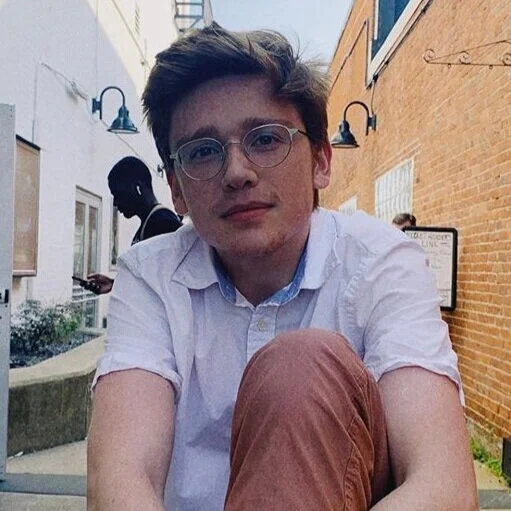Despite global efforts to eliminate the practice, modern-day slavery still widely exists. In India, the silk industry continues to serve as an oppressive stronghold for the practice.
Indian workers. Photo by Sujeeth Potla on Unsplash
The silk industry in India is not to be underestimated; it employs hundreds of thousands of workers and is worth over $3.6 billion annually. However, as with many booming industries, a dark side lingers in the background. In southwest India lies Karnataka state, a hub for many of the nation’s age-old industries including silk production. Although justly paid workers exist, a sizable portion remain stuck in a taxing system known as “bonded labor.”
What is “Bonded Labor”?
Although not explicitly mentioned in the phrase, “bonded labor” is actually a form of modern-day slavery. Bonded labor is when someone is forced to work off an imposed debt, where their captivity is known as “debt bondage.” In this system, the victims are often promised employment or an opportunity they cannot afford to refuse, and are then forcefully kept as workers. Their pay is usually minuscule compared to the debt amassed, and as a result, the employers are able to continually pile on debt over time. The dynamic transitions from employer-employee to that of a master and a slave.
Additionally, the work is often arduous and the masters are even more unrelentingly brutal; abuse is commonplace in the system. As a result, many families attempt to escape, only to find that the support system for a successful departure is at best a bare-bones operation if not entirely absent. Many authorities who are meant to help these victims escape partner instead with the perpetrators; corruption bleeds away most hope of an escape.
However, one way out does exist. Victims are able to apply for a certificate of release, which would trigger an investigation to either approve or deny the request. Frequently these attempts fall through, often due to failure on the part of the authorities.
Although the use of bonded labor remains widespread, it is most extensively used in South and Southeast Asia. Oftentimes debt laborers work off family debts, held hostage due to a loan taken by their parents or grandparents.
How Did Bonded Labor Spread in India?
Bonded labor has been illegal in India since the Bonded Labor System Act of 1976, but this law failed to provide substantial change. It is estimated that over 8 million bonded laborers still exist in India, with experts fearing this statistic to be a gross underestimation. Rarely are those found guilty of violating the Bonded Labor System Act forced to serve out their punishment.
Many human rights groups have pooled their efforts to research the extent of the system’s damage. What was found revealed grotesque physical, emotional and verbal abuse of children forced into bonded labor in the silk industry. Children of all ages, even as little as 5, were found to work 12-hour days nearly every day of the week; they do not attend school. Their work included placing their hands in boiling water and breathing in lung-blackening fumes; the children are not provided health care either, and often succumb to injuries.
Human rights groups have stated that the Indian government is fully aware of this ongoing crime, yet fails to act on the victims’ behalf. It seems that corruption, combined with the consequences of the restrictive caste system, has left little hope for the estimated 350,000 children held in the silk industry’s bonded labor system.
In the early 1990s, human rights groups sparked global outrage about the situation of India’s children, causing the government to act. The Indian Supreme Court passed additional laws in 1996 to protect children in harmful workspaces, yet the government has failed to bring about any meaningful change. India’s National Human Rights Commission was brought in to spearhead proceedings, but very few perpetrators ever faced justice.
The impact of the system is devastating as it enslaves whole families and sometimes even future generations. Until justice is truly served, victims of bonded labor will continue to be denied freedom.
To Get Involved:
To learn how Free the Slaves, an organization dedicated to sustainable freedom, helps victims, click here.
To read about Anti-Slavery International, the world’s oldest anti-slavery organization, click here.
Ella Nguyen
Ella is an undergraduate student at Vassar College pursuing a degree in Hispanic Studies. She wants to assist in the field of immigration law and hopes to utilize Spanish in her future projects. In her free time she enjoys cooking, writing poetry, and learning about cosmetics.






































